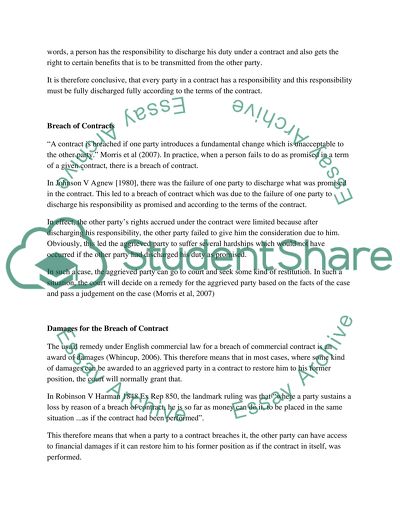Cite this document
(“Business Law Coursework Example | Topics and Well Written Essays - 2000 words”, n.d.)
Retrieved from https://studentshare.org/finance-accounting/1420356-business-law
Retrieved from https://studentshare.org/finance-accounting/1420356-business-law
(Business Law Coursework Example | Topics and Well Written Essays - 2000 Words)
https://studentshare.org/finance-accounting/1420356-business-law.
https://studentshare.org/finance-accounting/1420356-business-law.
“Business Law Coursework Example | Topics and Well Written Essays - 2000 Words”, n.d. https://studentshare.org/finance-accounting/1420356-business-law.


